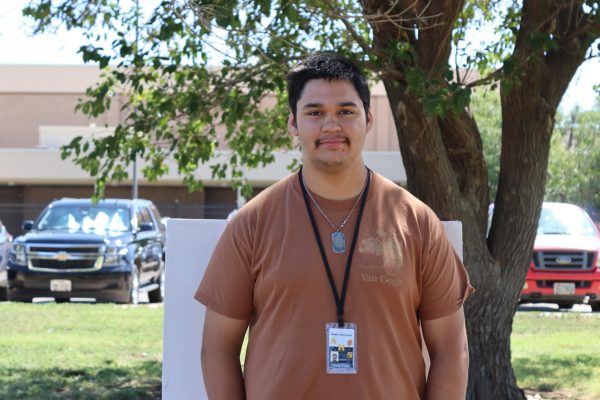More countries than just the U.S. celebrate Halloween. Today, many countries have adopted the spooky tradition. Countries like Mexico, Japan, South Korea, Brazil and the Philippines all adopted some form of Halloween, whether it be trick-or-treating or incorporating local traditions to make their own special form of the holiday. Halloween, largely pagan in origin, has many forms and variations throughout the world and across borders.
Halloween originated from the ancient Celtic festivals of Samhain. The Celtic people celebrated the festival around 2,000 years ago in Ireland, the U.K. and even parts of northern France. Samhain, marked as the end of the harvest season and the beginning of winter, was considered connected to death by the Celtics. The ancient Celtic people believed that on the night of October 31, the boundary between the living and the dead would blur, allowing the dead to roam the earth alongside the living. During the night of Samhain, the Celtic people would wear costumes often made of animal heads to ward off evil spirits.
But, of course, many things have changed over two millennia; and many countries have adapted and adopted the originally pagan tradition since then. Mexico, one of the countries sharing North America with the U.S., represents a prime example of adapting the holiday to fit their culture. Mexico celebrates what they call “La Dia de Los Muertos” which translates in English to “The Day of the Dead”. “The Day of the Dead” spans across two days. November 1st, called “Dia de los Inocentes” or the day of the innocents, celebrates the people who have died as children. November 2, referred to as “Dia de los Difuntos”, celebrates any adults who have died including parents, grandparents and especially ancestors. To honor their dead loved ones, the household sets out an Ofrenda. An Ofrenda is a table that has bread, pictures of the deceased, copals, sweets (for the children) and anything else that might hold significance to the deceased. The family also sets out Cempasuchil, or flowers of the dead, to lead the dead family to the Ofrenda so that they can eat the bread and candy set out for them. “Dia de los Muertos” holds significant meaning to families, because they believe that in those days, like the Celtic pagans, the line between the dead and the living blurred to allow the dead to walk among the living.
Japan also represents another prime example of how they have adapted as opposed to the Western world. Over the past few decades, because of Western influence, Japan has adopted Halloween. In comparison to the Western form of trick-or-treating, Japan more or so focuses on celebrations and costume-wearing rather than going door-to-door asking for candy. Japan’s Halloween does not stick to the Western style of spooky costumes; Rather, they often dress up as anime characters, video game characters or even humorous and surreal outfits. Tokyo’s “Shibuya” district becomes a Halloween hotspot on October 31 with thousands of people parading their costumes.
At the end of the day, it does not matter how you celebrate; because we all celebrate the spooky season in a different way. From Mexico to Japan and even to the Philippines, Halloween means something very different for everyone. So throw on a costume, or don’t. Just make sure to have fun!


